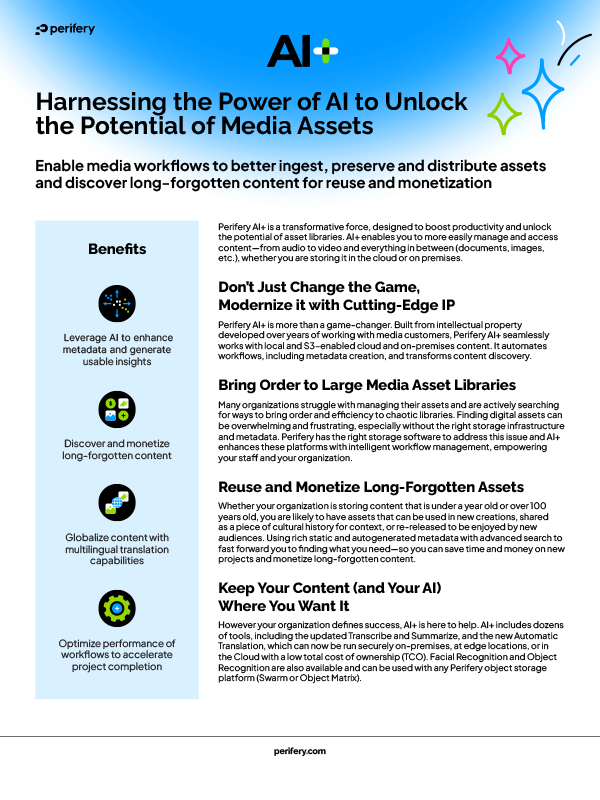
As content continues to grow, both in volume and significance, ensuring that assets are preserved and accessible for future generations is vital. Storing content in the present might be a priority, but safeguarding the cultural, historical, and commercial value within these digital assets should be the long-term goal.
However, there are certain barriers to consider, such as future technical advancements, compatibility, and vendor lock-in. Many organizations have historically depended on proprietary systems and formats, only to be faced with challenges when technologies become obsolete or vendors themselves disappear. This doesn’t just jeopardize the longevity of media archives but also results in additional costs and considerably more effort to migrate content to new platforms and providers.
Historical challenges
To fully future-proof media archives, media organizations need to adopt strategies that avoid vendor and tech lock-in at all levels. Let’s revisit some challenges:
- Limited interoperability: As technology progresses, files and formats stored in a proprietary form risk becoming inaccessible or incompatible with newer systems and software. This not only impacts the content itself, but also the metadata, which can become fragmented or lost, further complicating asset management and retrieval processes. As a result, assets become siloed, making it difficult to integrate with other tools that might make up a workflow.
- Unsupported technologies: Media teams that have invested in storage formats such as LTO and ODA face dilemmas as new generations are released. Do they continue with costly maintenance and limited support or undergo complex and potentially expensive migrations to newer standards? Either way, they face the same issue every few years as the next version is released.
- Costly access: Many cloud storage providers charge high egress fees when content owners retrieve their own assets. These financial barriers make it prohibitively expensive for organizations to manage their content as needed. Bad news if you’re hoping to leverage existing media in future projects.
Achieving a resilient archive
To achieve a future-proof media archive that will remain accessible, adaptable, and cost-effective for years to come, organizations can implement several key strategies:
1. Digital governance policies
Transportable data storage digital governance policies are essential for managing data across different storage solutions. These policies should oversee the entire data lifecycle - from creation and storage to access and migration. They should define roles, data retention periods, security measures, data integrity, and compliance with industry standards.
2. Open formats
Open formats integrate seamlessly across systems, reducing reliance on proprietary technologies and enabling easy sharing and use of media assets. They also lower the risk of obsolete formats with compatibility maintained across throughout technologic shifts. This accessibility promotes interoperability and streamlines retrieval, resulting in simplified content management.
3. Metadata availability
Standardizing metadata will ensure understanding and consistency across systems for future generations. Making metadata accessible alongside media files will enhance asset management, indexing, and search capabilities. In years to come, this metadata can be used to identify, categorize, and authenticate, any archived assets.
The world of media and entertainment can, and will, change rapidly. Therefore, ensuring unrestricted access for decades to come is paramount. Noone knows where technology will be in 100 years, but by preserving and safeguarding media and metadata in the right manner now, organizations can lay a solid foundation for future accessibility and usability.
Embracing open standards, robust digital governance policies, and maintaining metadata availability are only a few of the crucial steps toward future-proofing media archives. Get your copy of ‘The Evolution of Media Archiving’ white paper today, to explore our vision for the future of archiving.
At Perifery, we develop technology with careful consideration of what your organization needs to succeed both now and in the future. Our intelligent, secure nearline and active archive solutions are purpose-built for media content, helping you to maximize the full potential of your assets for 100+ years. Get started with Perifery today.
